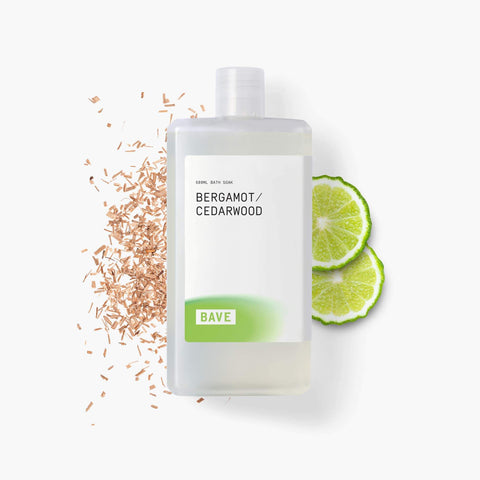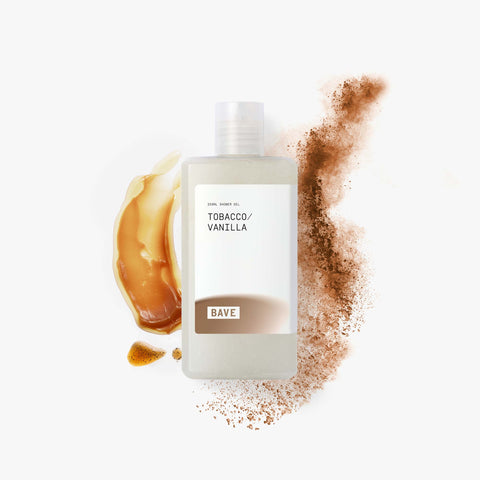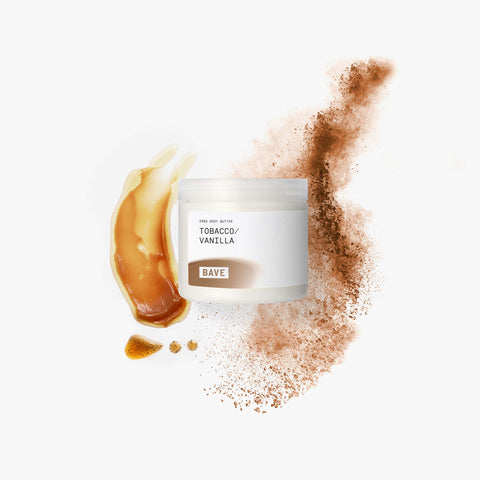Japanese Sentō bathhouses, a cornerstone of Japan's rich cultural heritage, trace their origins back to the Buddhist temples of India. These communal bathing spaces, known for their therapeutic and communal attributes, offer a unique glimpse into the evolution of bathing practices over centuries.
Origins in Buddhist Tradition
The inception of Sentō bathhouses is deeply rooted in the religious rituals practiced by Buddhist priests in India. Initially, these "yūya" (湯屋), or hot water shops, served as places for ritual cleanliness among the clergy. This tradition laid the foundation for the communal bathhouses we recognise today.
Expansion to Public Use
Over time, the utility of these baths extended beyond the clergy, welcoming the sick and unwell. This marked the transition from a strictly religious practice to a public health service. The elite in society soon adopted this luxury, installing private bathing facilities in their homes, signifying the evolving status of bathhouses from communal to personal wellness spaces.
Public Sentō and Cultural Shifts
The popularity of public Sentō experienced a significant surge, transforming these spaces into vibrant community hubs. This shift was partly influenced by the introduction of female bathing attendants, broadening the scope of services offered within these establishments and moving away from their religious origins.
The Yakuza and Modern Sentō Practices
In more recent history, the Sentō bathhouses found themselves intertwined with the clandestine activities of the tattoo-clad Yakuza, leading to a cultural stigma associated with tattoos in these communal spaces. To preserve the sanctity and safety of the bathhouses, establishments began to prohibit entry to individuals with tattoos, aiming to dissociate from any perceived criminal affiliations.

Bringing the Sentō Experience Home: Safety, Comfort, and Wellness
While the allure of the traditional Sentō experience remains undeniable, modern concerns and the desire for personal wellness have inspired many to recreate the bathing experience at home. Enjoying a bath in the comfort of one's home not only ensures safety but also offers a personal sanctuary for relaxation and rejuvenation, free from the worries of the outside world.
Conclusion: The Timeless Appeal of Bathing Culture
The journey of Sentō bathhouses from religious ceremonies to modern-day wellness practices highlights the enduring significance of bathing culture in Japan and beyond. By embracing the essence of Sentō in our daily lives, we connect with a centuries-old tradition that celebrates cleanliness, community, and personal well-being.














